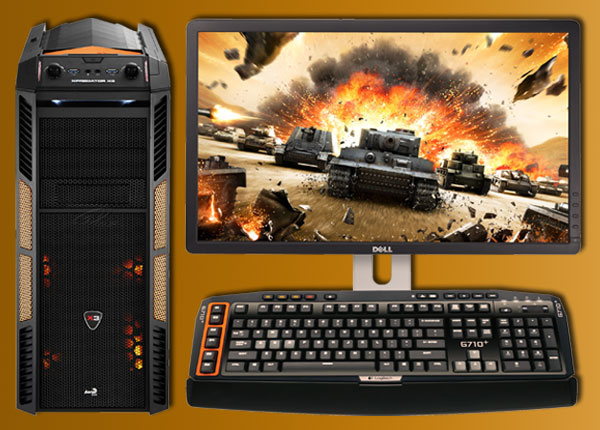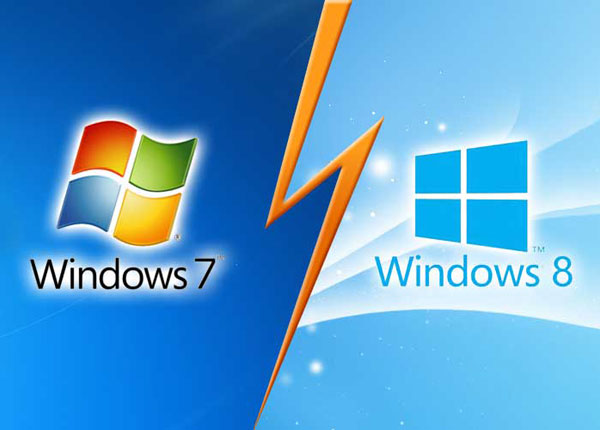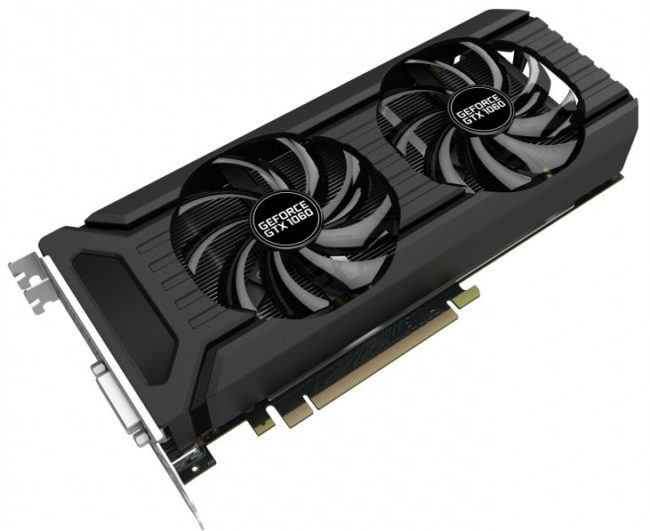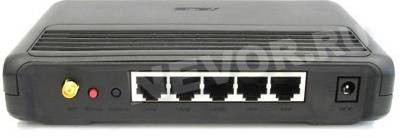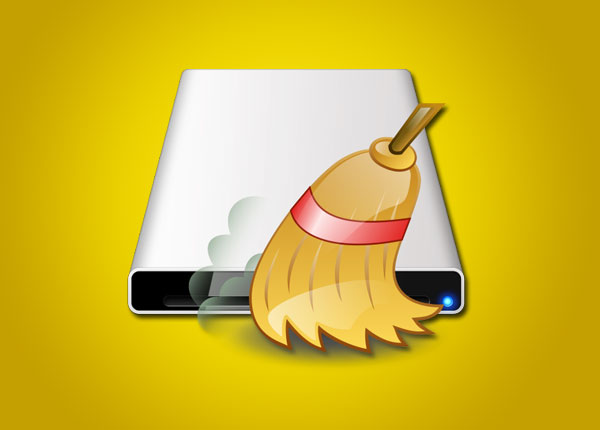USB port does not work. What to do?
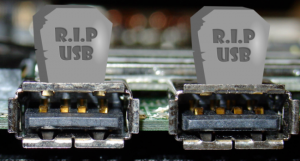 The creation of the USB bus was a significant breakthrough in the usability of the PC. Now we can’t even imagine that to connect flash drives, printers and other devices, you need to restart the computer. Thanks to the USB bus, you can easily connect any device right on the fly.
The creation of the USB bus was a significant breakthrough in the usability of the PC. Now we can’t even imagine that to connect flash drives, printers and other devices, you need to restart the computer. Thanks to the USB bus, you can easily connect any device right on the fly.
When your USB ports suddenly stop working, a catastrophe begins. Of course, you can run to the service center with the plea to restore your PC. But we advise you to try to solve the problem with your non-working USB ports yourself. How to try to fix USB ports yourself? Here are our tips.
Tip 1. Restart your computer
The very first thing you need to do when detecting non-working USB ports is to restart your computer or just turn it off and on. But before performing this operation, you need to remove all the cables from the USB ports. After restarting the PC, you can reconnect the devices and check if they have earned. If everything worked, then you are lucky and you don’t need to go to the service anymore 🙂
Why does rebooting help in solving the problem of non-working USB? The thing is that when you restart the PC, all system services, utilities and drivers are also restarted. Therefore, if the ports are working, then there is a very high probability that the cause of their failure is some kind of malfunction of the system.
If this advice does not help you, then you should move on to more complex tips for solving this problem.
Tip 2. Inspect the USB ports for physical damage.
Engineers designed the USB port so that it could survive even the most barbaric attitude towards it. But there is nothing perfect in this world. The problem with the USB port is that it is constantly open and in no way protected from dust, food crumbs, and other debris that could cause it to malfunction.
Therefore, if you encounter a failure of the USB ports, then you should carefully examine the non-working ports. If you find that there are any foreign objects inside the port, then you need to remove them (at least you can blow them carefully). To do this, be sure to turn off the computer and try to carefully remove the foreign object. For extraction, it is worth using, for example, ear sticks, matches or toothpicks. Never use metal objects, because they can damage the inside of the port and further aggravate the situation. It is also a good idea to use a can of compressed air or a special pear to blow out all the excess from the port.
The cause of a USB port failure can also be a loss of electrical contact between the cable and the port itself. To test this hypothesis, insert the cable into a non-working port and try moving it back and forth. If in some position you find that the device is working, then your port definitely needs to be changed.
Tip 3. Try connecting to a different USB port.
So, if you rebooted your PC and made sure that there are no foreign objects or mechanical damage in the USB port, then you should try connecting to another port on the PC. Such a move will help you find out if you have a problem with one specific port, or all ports are out of order.
If the connection to another port worked, then most likely the cause of the breakdown is some kind of physical problem. But otherwise, you have serious problems and you definitely can’t do without the help of specialists.
Tip 4. Replace the USB cable with a known working one.
The problem with USB can be caused not only directly by the port. It often happens that there is no connection due to a bad cable. Therefore, if your device suddenly ceases to connect to the computer, it is worth replacing the cable for the connection with another one, of which you are sure that it is working.
Tip 5. Try connecting the device to another computer.
A good option for troubleshooting a USB port might be trying to connect the device to another computer. If you have access to another computer, then try connecting the device to it. If it also doesn’t work, then maybe your problem is not with the USB ports. Otherwise, you definitely have a problem with USB.
Tip 6. Try connecting another device to USB.
You may not have another additional computer, but we are sure that you will always find an additional flash drive, phone or printer. Therefore, it is possible to make sure that a non-working port is possible by connecting another device, the operation of which you are sure of.
If all six of our tips did not help you bring the USB port back to life, then it’s worth moving on to more complex steps.
Tip 7. Check the device manager on a Windows PC
If the problems with USB are software, then you can try to reboot the bus. In the Windows operating system, you can use the device manager for this. In order to open it, you can use the key combination Windows + R. Next, right-click.
